The Great Plains: Anything But Plain
Some call this flyover country... We politely disagree.
#AnythingButPlain
Have you visited any of these places? Show us!
Share your Great Plains adventures on social media by using #AnythingButPlain
The Greatest of All Plains
Welcome to flyover country, where it's anything but plain. You've been over it, but it's time to take a closer look. The Great Plains is North America's Serengeti; home to elk, bison, prairie chickens and some of our important wild places like the Ozarks, the Mississippi River, the Badlands and the Tallgrass Prairie.
Tens of millions of people from all walks of life live here and enjoy everything from birdwatching and hiking to hunting and fishing. We provide much of the nation's food and energy and play a key role in conserving the most critical lands and waters for our sustainable future.
Begin your journey through the Great Plains in the sprawling big sky country of Montana, Minnesota, North Dakota and South Dakota. Then discover the tallgrass and rolling hills of Nebraska, Kansas, Iowa, Oklahoma and Missouri. Once you've explored the lush and rugged landscape of Arkansas, finish the journey in Texas where the Great Plains meet the Gulf.
Come see what you've been missing!

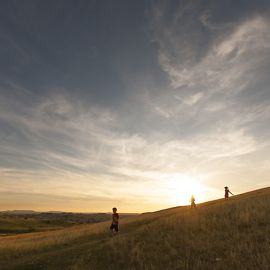

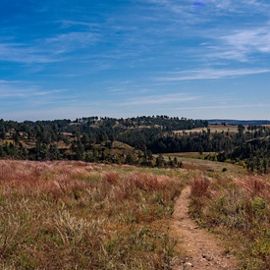
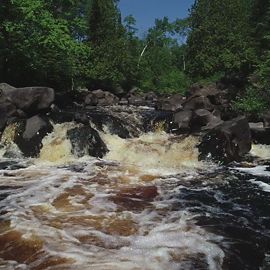
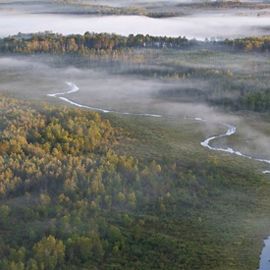
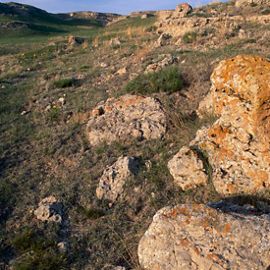


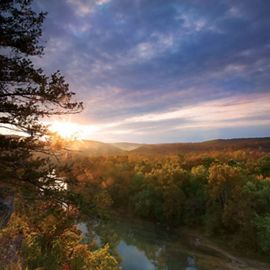
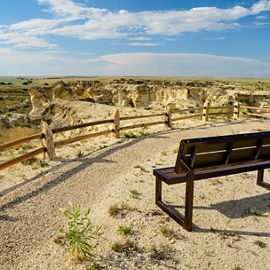
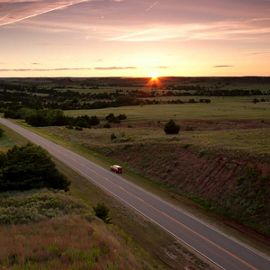

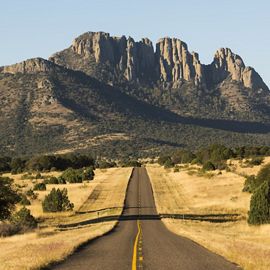

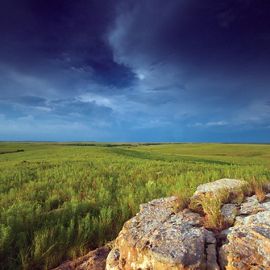

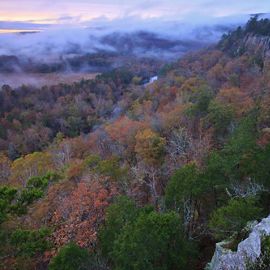
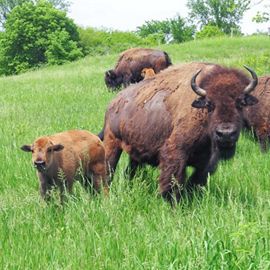

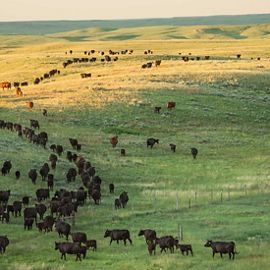
Fly Over This! You've been over it, but now it's time to take a closer look!
Matador Ranch
The Matador Ranch is a place to truly experience what is meant by Montana’s big skies. It’s also an exciting center for grassland research and conservation. Wildlife ranging from pronghorn and elk to greater sage-grouse, long-billed curlew and a host of other grassland birds thrive on the Matador, which is part of the largest stretch of native grassland left on the Northern Great Plains. The Matador’s pioneering grassbank enables local ranching families to graze the ranch at discounted cost in exchange for implementing conservation practices on their land—conserving more than 300,000 acres of grassland habitat.
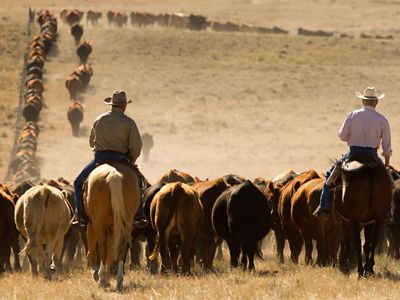
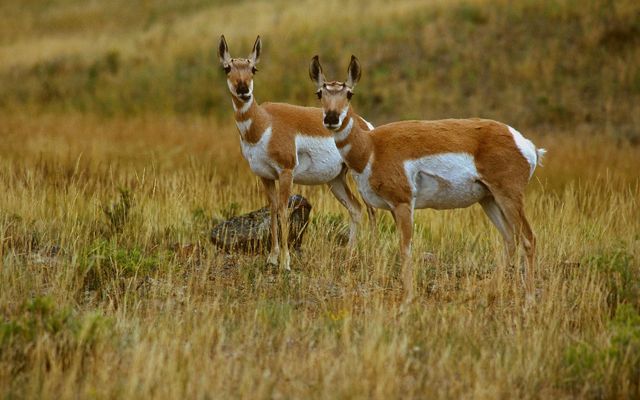
Tettegouche State Park
Nestled on the shore of Lake Superior between Duluth and the Canadian border, Tettegouche State Park is one of Minnesota's most-visited natural areas. Protected by The Nature Conservancy and acquired by the Minnesota Department of Natural Resources in 1979, this iconic place draws backpackers, anglers, hunters and many others to experience the wonder that is the North Shore. Here, The Nature Conservancy is working on an ambitious forest restoration initiative in the Superior National Forest and beyond to build climate-resilient forests in one of Minnesota's fastest-warming regions.

Mississippi River Headwaters
Beginning as little more than a trickle flowing out of Lake Itasca, the near-pristine Mississippi River begins its journey in north central Minnesota surrounded by big forests dotted with wetlands. Established in 1891, the value of this special place has long been understood and appreciated. In fact, Itasca State Park welcomes more than 475,000 visitors annually who come from around the world to see where the Mighty Mississippi gets its start.
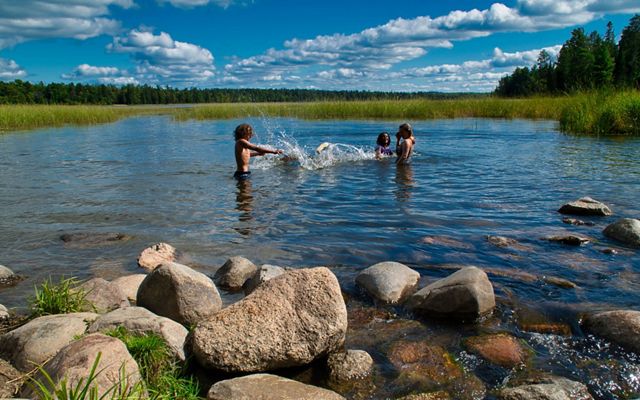
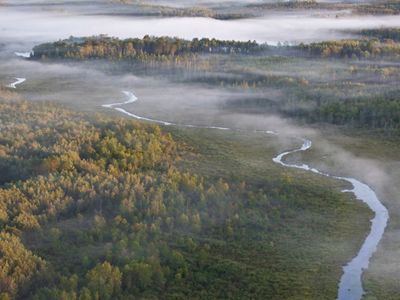
John E. Williams Preserve
Local residents used to call this area the "Valley of the Moon" because of its stark scenery and wide-open vistas. John E. Williams Preserve in North Dakota is nearly treeless and consists of large alkali lakes, beaches and numerous wetlands, all of which provide important habitat for plants and animals. Not least of these is the piping plover, a shorebird that's considered threatened in the Northern Great Plains. Thanks to conservation efforts by many agencies, their numbers are rebounding in North Dakota and elsewhere.


Theodore Roosevelt National Park
A local favorite, Theodore Roosevelt National Park in North Dakota sits at the convergence of the Badlands and Great Plains landscapes and commemorates the nation's 26th president (who also happened to be an avid conservationist!). The park provides habitat for elk, bison, prairie dogs and more—all of which should be observed at a distance!

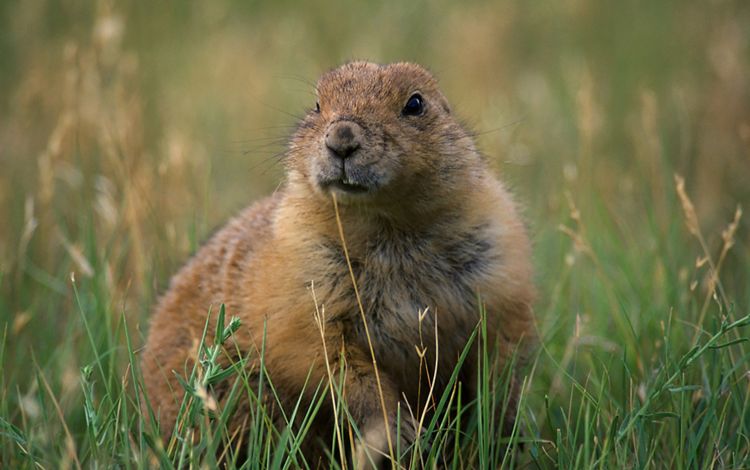

Wind Cave National Park
Located in the southwest corner of South Dakota, Wind Cave National Park boasts one of the densest cave systems in the world. Protected in the early 1900s, Wind Cave has long been one of the nation's most treasured national parks. In addition to its rare geological formations, it is also home to a particularly rare breed of bison. You might also find elk, prairie dogs, pronghorn and many other wildlife when you visit Wind Cave National Park.
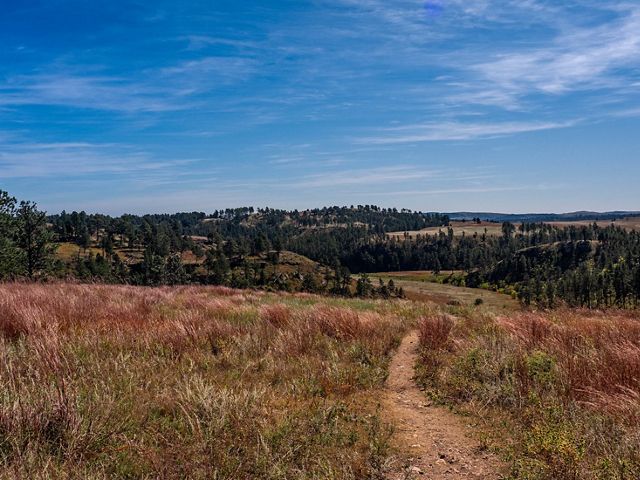
Badlands National Park
Well known for its striking geological landscape and rugged beauty, Badlands National Park is rich in fossils, inspiring views and fascinating wildlife. Among the cool critters you can find in the park is the black-footed ferret, a species presumed extinct in 1980. Thanks to conservation efforts of The Nature Conservancy and partners (including the National Park Service!), the Badlands are now home to one of the world's only self-sustaining populations.
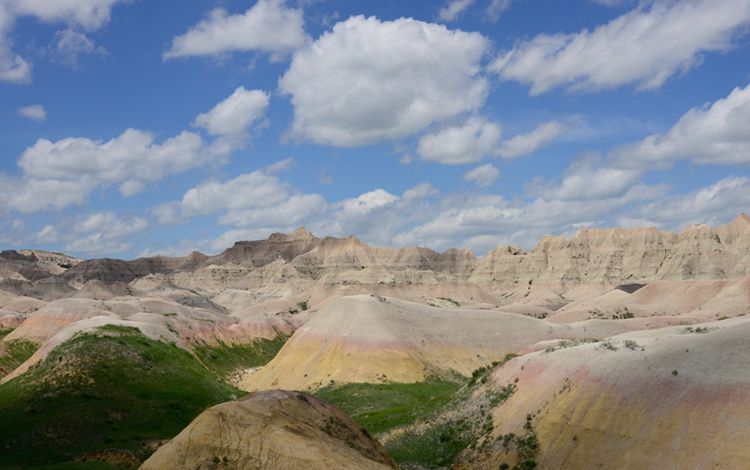


Cherry Ranch
By acquiring land in this critical part of the Niobrara River watershed, TNC can put a face on who we are. Cherry Ranch is a working ranch, which allows us to be a neighbor, to be part of the local ranching community, to exchange management ideas, and to share in the decision-making process regarding the future best use of the river and its upland grasslands.
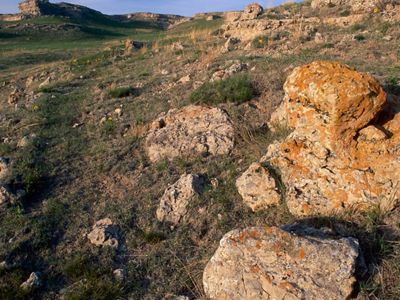
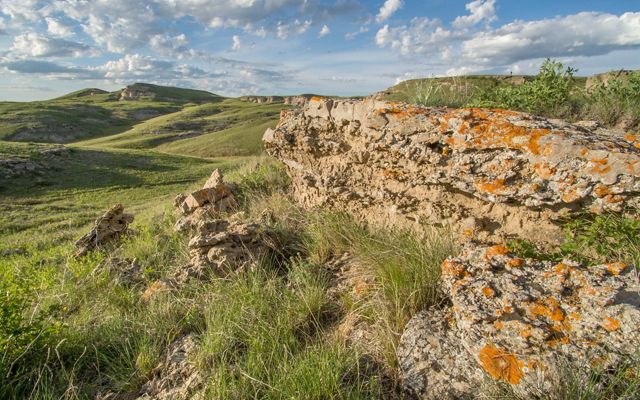
Niobrara Valley Preserve
The Nature Conservancy's Niobrara Valley Preserve is one of the largest TNC preserves in the U.S., and a model for grassland management using cattle and fire. It encompasses majestic pine-clad canyons, extensive grasslands, and a 25-mile stretch of the Niobrara River. Of special interest to visitors are the bison herds grazing in the vast open prairie.
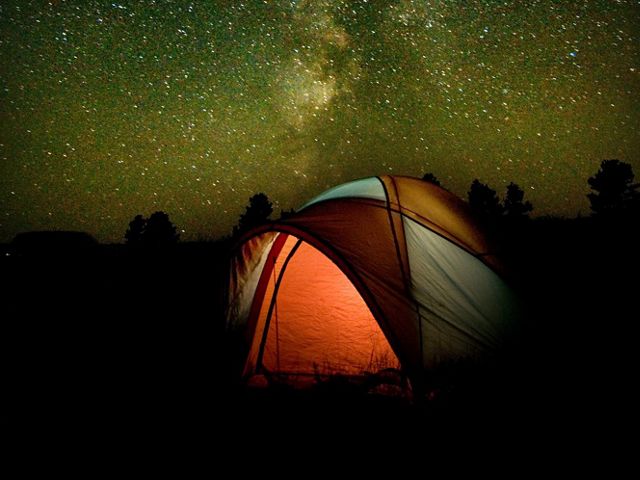
Little Jerusalem Badlands State Park
Go back in time at the largest Niobrara Chalk formation in Kansas. This mile-long stretch of 100-foot-tall spires and cliffs opened to the public as Little Jerusalem Badlands State Park in October 2019. Owned and protected by The Nature Conservancy, the Kansas Department of Wildlife, Parks and Tourism manages visitor access.
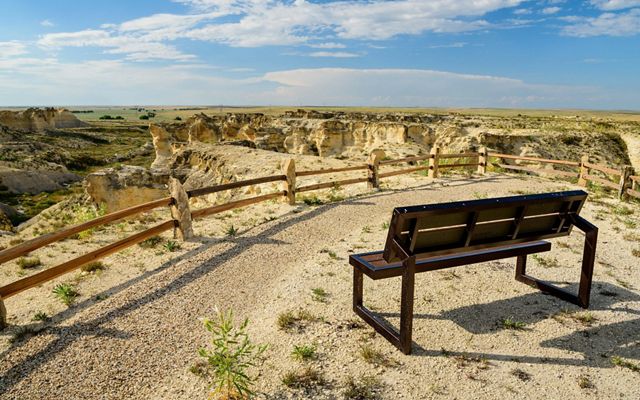
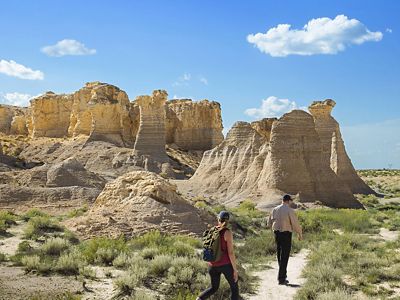
The Red Hills
The Red Hills is a vast, rugged region of south-central Kansas. Steep buttes and red-walled canyons overlook the mixed grass prairie landscape and host a diverse plant and animal community. Pristine, spring-fed streams course through the prairie and sustain a wide variety of aquatic life. The majority of Kansas’ 700 caves are found in the Red Hills and they house several bat species. Numerous grassland birds as well as amphibian and reptilian species also depend on the health of this area.
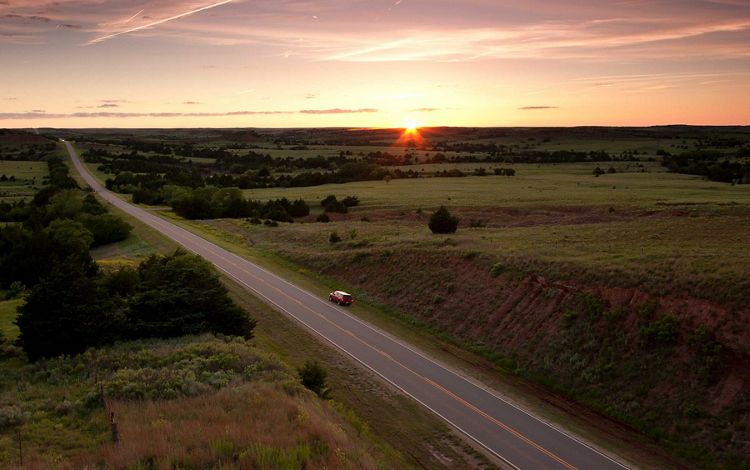

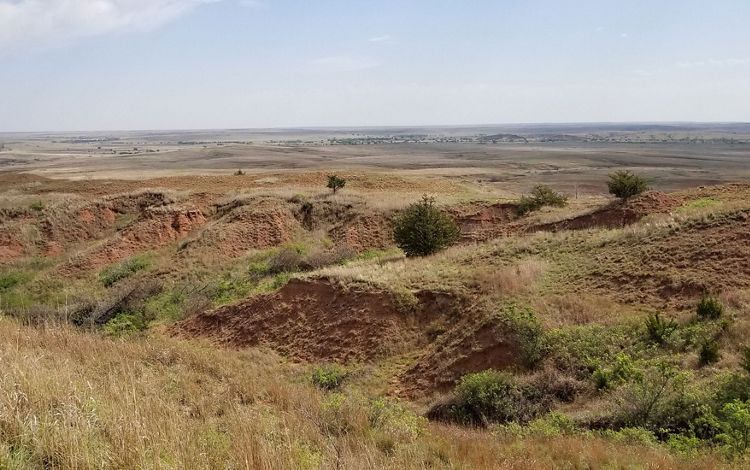
Broken Kettle Grasslands Preserve
Home to the rare prairie rattlesnake (Crotalus viridis) and a herd of 200 bison, the Broken Kettle Grasslands Preserve is the largest remaining prairie in Iowa. The preserve located in the 650,000-acre Loess Hills landform, not only protects iconic prairie wildlife but also the unique geology on which they roam. The Loess Hills in Iowa, are composed of deep deposits of wind-blown silt, formed as the glaciers from the last Ice Age retreated. The extent and depth of these loess deposits along Iowa’s western border are matched only in China.
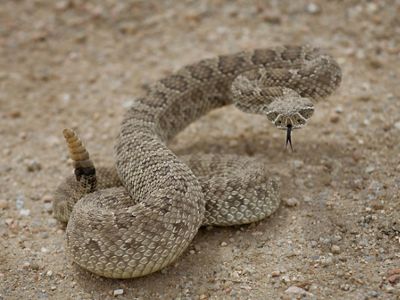
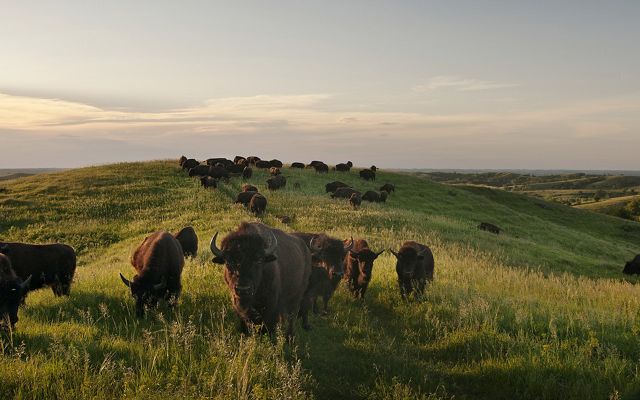
Land of the Swamp White Oak Preserve
This area is home to the greatest biodiversity in Iowa. With 85% of Iowa’s native amphibian and reptile species as well as, over 500 plant species, the Land of the Swamp White Oak preserve is located within the 470,000-acre floodplain landscape at the confluences of the Cedar, Iowa, and Mississippi Rivers in southeast Iowa. In 2007, this area was designated as the very first Amphibian and Reptile Conservation Area in the United States. In partnership with both public and private lands, this unique area has been protected to ensure an intact corridor of habitat along these major rivers. This wild landscape provides excellent opportunities for recreation such as hiking, paddling and wildlife watching.



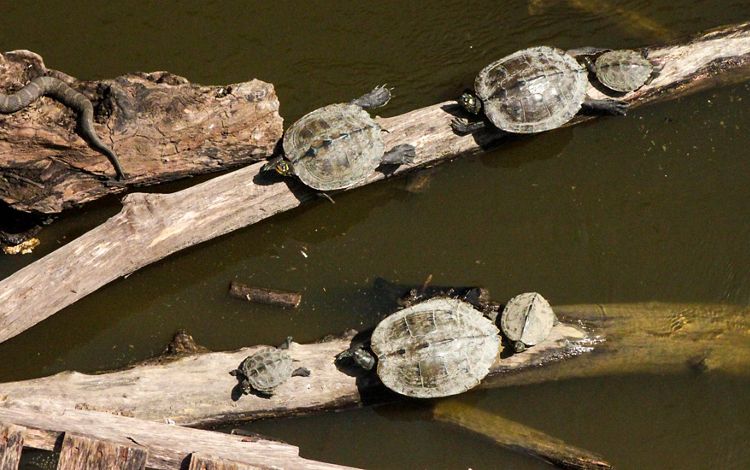

J.T. Nickel Family Nature & Wildlife Preserve
The J. T. Nickel Family Nature and Wildlife Preserve is the largest privately protected conservation area in the Ozarks. This 17,000 acre landscape rests in eastern Oklahoma's rolling Cookson Hills and overlooks the Illinois River. Spring-fed creeks meander amid a rugged topography of steep slopes and narrow valleys harboring a mosaic of oak-hickory forest, lofty pine woodland, and a diverse mix of savanna, shrubland, and prairie. Take a walk along the three hiking trails to see sprawling forests and a diverse array of plant and animal species.
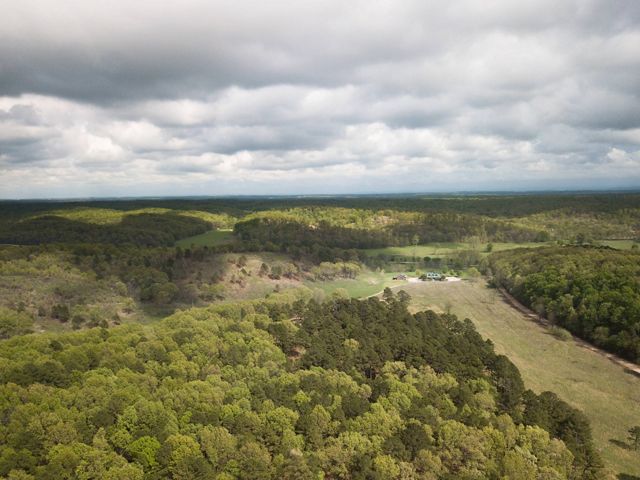
Joseph H. Williams Tallgrass Prairie Preserve
The Joseph H. Williams Tallgrass Prairie Preserve is the largest protected remnant of tallgrass prairie left on earth. With over 39,650 acres, 750 identified speices, 2,500 bison and a natural prescribed burning regime, The Nature Conservancy in Oklahoma has proven successful at restoring this fully-functioning portion of the tallgrass prairie ecosystem. Visitors can experience the open prairie while viewing bison along the 15-mile driving loop or taking a walk along the three hiking trails.
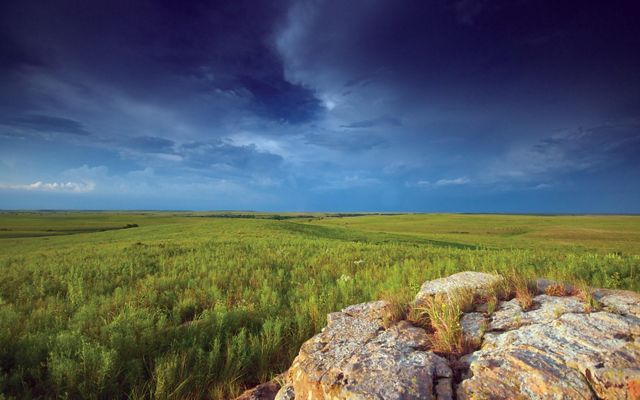
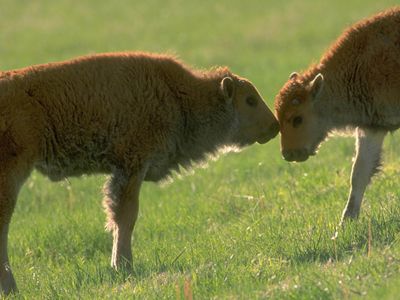
Dunn Ranch Prairie
Temperate grasslands are the least protected major habitat type on earth. TNC’s Dunn Ranch Prairie is a 3,258 restored tallgrass prairie in northern Missouri and is part of the larger Grand River Grasslands Conservation Area, which spans 70,000 acres in Missouri and Iowa. Dunn Ranch Prairie boasts breathtaking views of expansive grasslands, a thriving bison herd, and hundreds of vibrant wildflower and bird species. It is home to one of the last populations of the state-endangered greater prairie-chicken and federally endangered Topeka shiner minnow.
You can visit virtually today by watching Dunn Ranch Prairie’s live prairie cam.

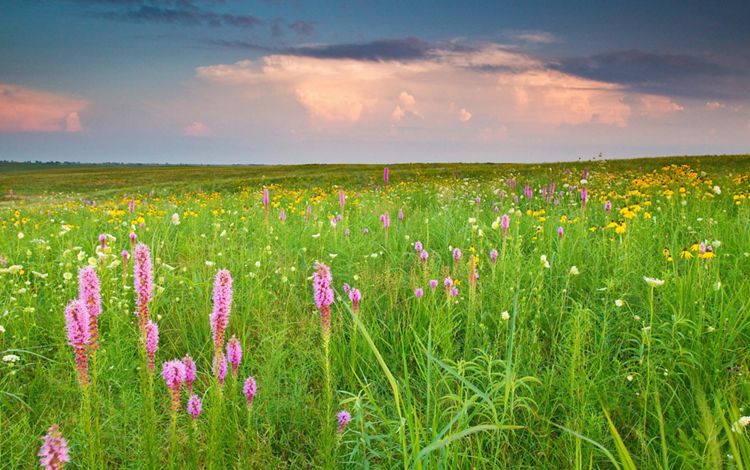
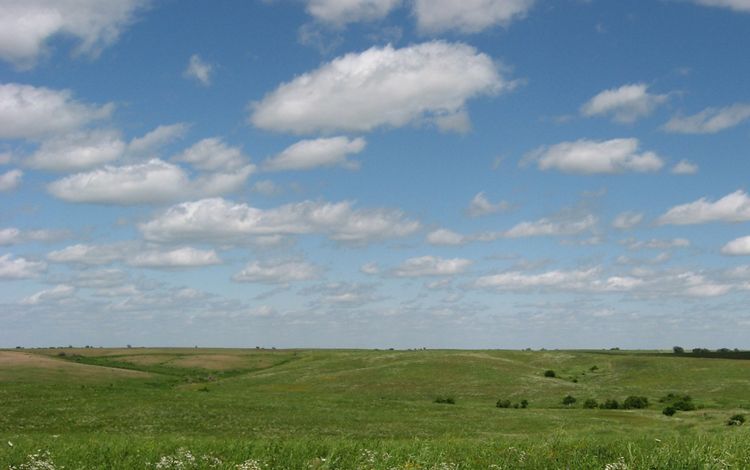
The Current River
The Current River is home to an impressive array of plants and animals, including more than 35 globally significant species – some of which are found nowhere else on earth. Others have their healthiest populations in this region. It is also a major breeding habitat for migrating and nesting birds. Nestled in the heart of the Ozarks, more than 1.5 million fly-fishers, paddlers, bird watchers, hikers, swimmers, spelunkers, and other nature lovers visit the Current River each year for its stunning scenery and many recreational opportunities which can be accessed at numerous points along its banks.
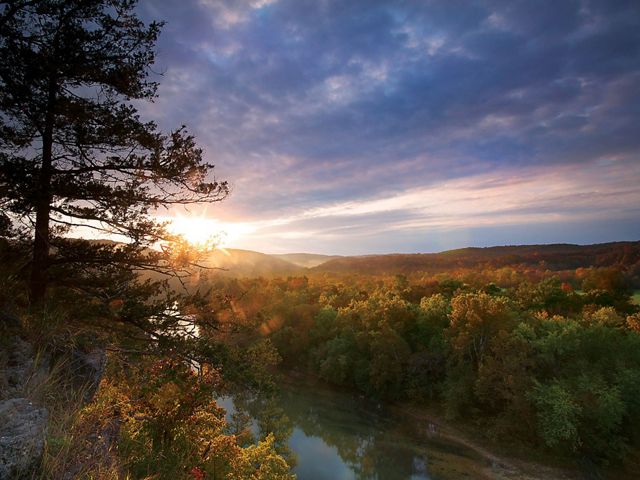
Bluffton Preserve
If you want to hike, fish, mountain bike, paddle, camp or just explore, Bluffton Preserve is the spot for you. Located on the Archey Fork of the upper Little Red River, the preserve serves as a great spot for recreation and helps protect one of the state's largest drinking water resources, Greers Ferry Lake. Home to the yellowcheek darter, one of our favorite endangered and endemic species, Bluffton Preserve is a highlight for conservation happening in the state.
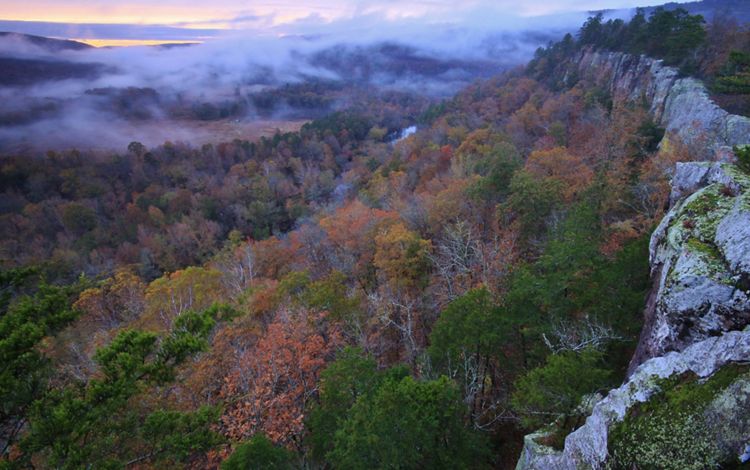

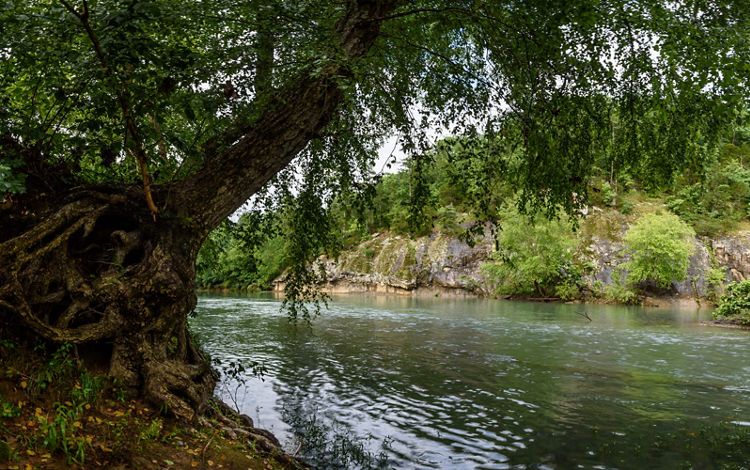
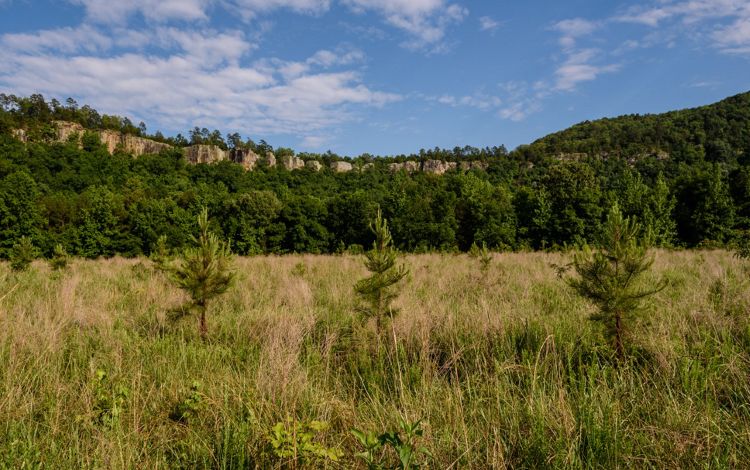
Rattlesnake Ridge Natural Area
Rattlesnake Ridge Natural Area, located at the beginning of the Ouachita Mountain Range, is made up of more than 300 acres and home to three species of state conservation concern, including the western diamondback rattlesnake. But don't let that keep you away! With more than five miles of mountain biking and hiking trails, there’s something here for everyone.

Davis Mountains
West Texas is typically characterized by miles of desert landscapes, but as you approach Davis Mountains Preserve, a lush mountain oasis rises up from the surrounding Chihuahuan desert and invites you in to explore. One of just three sky islands in the state, the Davis Mountains are cooler and wetter than the desert around them, providing habitat for plants and wildlife not found anywhere else in the state. You can find Ponderosa pines, alligator juniper and mountain mahogany, as well as black bears, bobcat, elk, mountains lions, Grace’s warblers, golden eagles, mountain chickadees and more as you make your way through stunning landscapes that recall Texas’ rugged history and heritage.
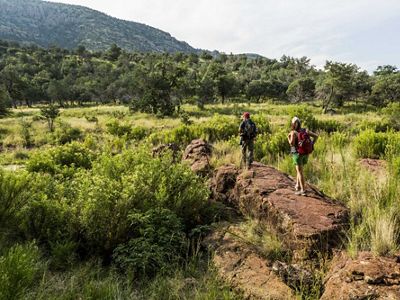
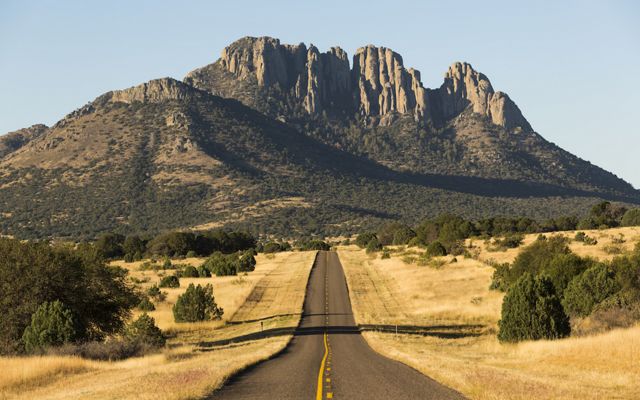
South Padre Island
Bordered by the Laguna Madre to the west and the Gulf to the east, Padre Island stretches for 113 miles down the southern Texas coastline. It’s the world’s longest barrier island, home to a bustling resort community and habitat for 16 wildlife species with federal or state conservation status—including the world's smallest and most critically endangered sea turtle, the Kemp's ridley. In 2000, The Nature Conservancy and its partners came together to safeguard nearly 25,000 acres of South Padre Island. Nearly two decades later, we've added over 6,200 acres to that number to protect what's left of the wild, undeveloped Texas Gulf coastline for future generations to enjoy.

Stand Up for the Great Plains
The prairies of the central U.S. are an iconic American landscape. TNC is working to protect and restore native grasslands to benefit people and nature. We are collaborating with policy and industry leaders to minimize the impacts of development and maintain the health of American prairies.
